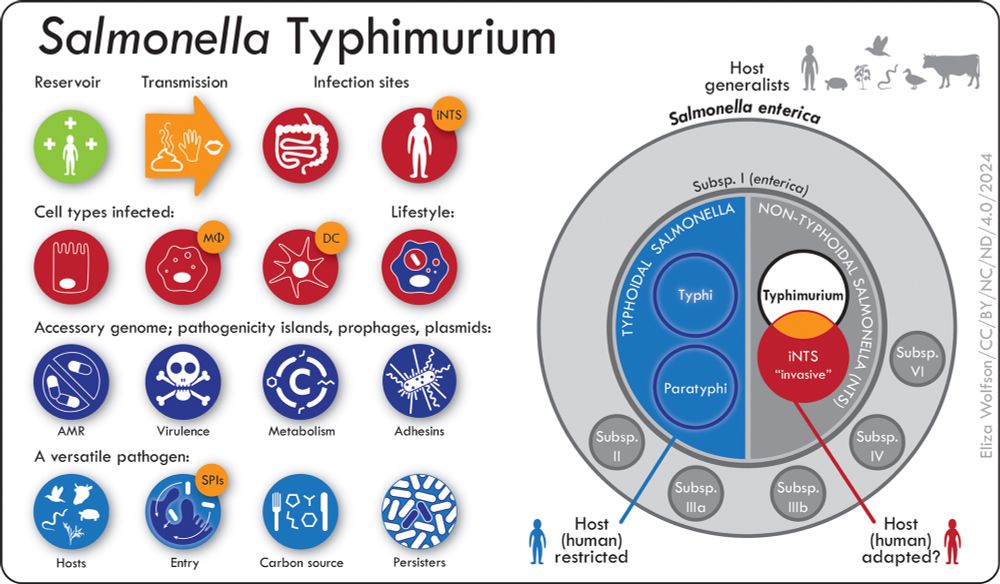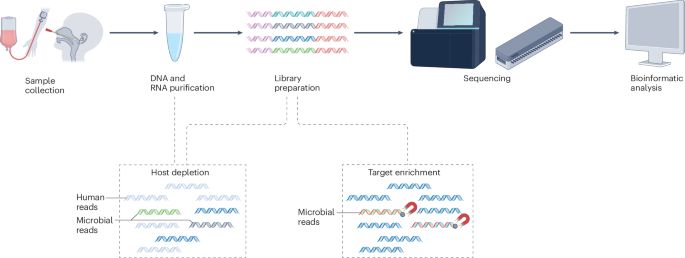Jay Hinton
@jayhinton.bsky.social
2.1K followers
1.3K following
1.3K posts
Salmonella admirer & Prof of Microbiology - Working on Salmonella bloodstream infections (iNTS) in sub- Saharan Africa context. Functional genomics. T1D.
Posts
Media
Videos
Starter Packs
Pinned
Reposted by Jay Hinton
Reposted by Jay Hinton
Reposted by Jay Hinton
Reposted by Jay Hinton
Reposted by Jay Hinton
Reposted by Jay Hinton
Reposted by Jay Hinton
Reposted by Jay Hinton
Reposted by Jay Hinton
Reposted by Jay Hinton
Vivek Mutalik
@vivekmutalik.bsky.social
· Aug 31

Frontiers | Bacteriophages against Salmonella enterica: challenges and opportunities
Salmonella spp. is the most common pathogen transmitted to humans through contaminated water and food. Due to its ability to infect both animals and humans, ...
www.frontiersin.org
Reposted by Jay Hinton
Reposted by Jay Hinton
Reposted by Jay Hinton
Reposted by Jay Hinton
Pedro Escoll
@pescoll.bsky.social
· May 16
Reposted by Jay Hinton
Andreas Bäumler
@abaumler.bsky.social
· Aug 9
Pedro Escoll
@pescoll.bsky.social
· May 16





















